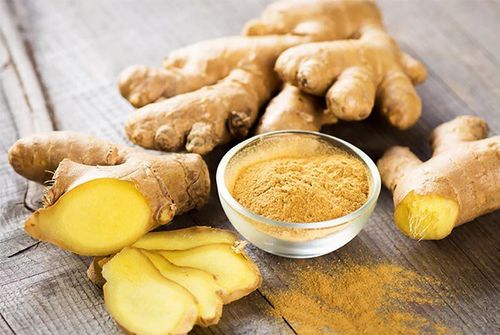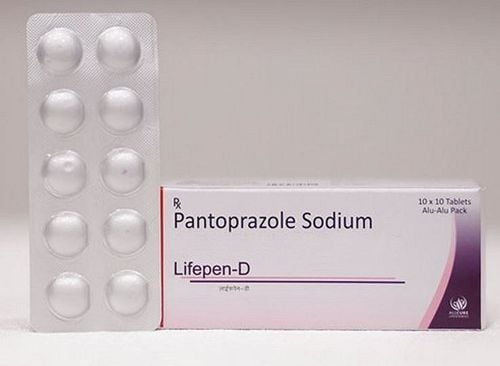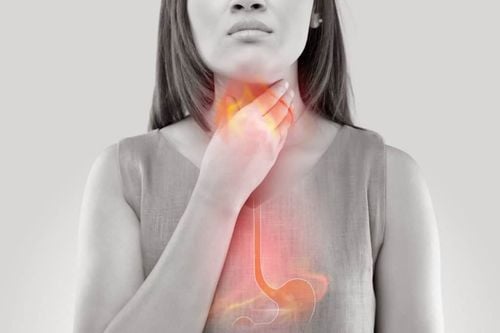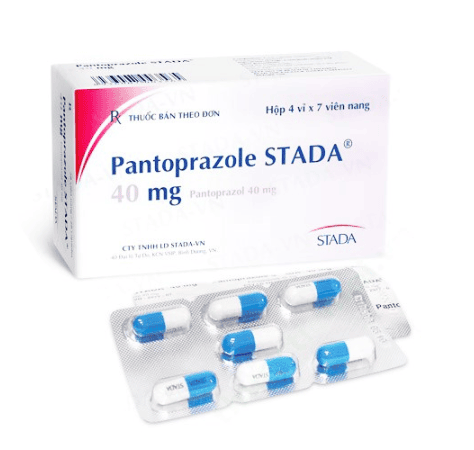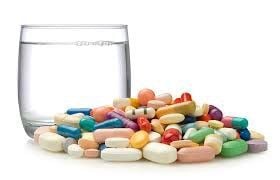This is an automatically translated article.
Gastroesophageal reflux disease can lead to dangerous complications such as esophageal stricture, Barrett's esophagus or even esophageal cancer. Therefore, it is necessary to detect and treat as soon as possible, endoscopic surgery to create an anti-reflux valve is the most optimal treatment method.
1. Symptoms of Gastroesophageal Reflux
Gastroesophageal reflux disease, also known as reflux esophagitis, is a disease that occurs when stomach acid backs up into the esophagus. Reflux episodes usually occur after eating, are of short duration, are not accompanied by other symptoms and rarely occur during sleep.
In the case of reflux episodes progressing to gastroesophageal reflux disease when symptoms occur frequently (2-3 times/week) or damage the esophagus.
Symptoms of GERD include: Difficulty swallowing, frequent hiccups, heartburn, heat and burning pain before scratching the breast, taste sour, hoarseness, sore throat, cough or wheezing, .. The main cause of the disease is the abnormal opening and closing of the lower esophageal sphincter, gastric hernia, and pressure on the stomach (pregnancy, overweight).
Gastroesophageal reflux disease can be treated with dietary and lifestyle changes, combined with the use of certain anti-reflux medications. In some cases, patients with gastroesophageal reflux disease are indicated for surgical treatment.

Trào ngược dạ dày gây cảm giác khó nuốt và khản giọng
2. Learn the method of endoscopic surgery to create anti-gastroesophageal reflux valve
With open surgery method, esophageal surgery must be operated in a deep area, so it is difficult to access and manipulate. When the laparoscopic surgery method was born, doctors had an easier approach, effective treatment for cases of gastroesophageal reflux.
2.1 Indications / contraindications Indications
People with confirmed reflux esophagitis, have been treated medically for at least 6 months but do not respond to treatment; People with diaphragmatic hernia ; Patients with esophageal ulcer. Contraindications
Patient is too weak to tolerate surgery; The patient is elderly and has multiple comorbidities; People with esophageal cancer ; General contraindications of laparoscopic surgery: Patients do not agree to surgery, have problems with blood clotting,... 2.2 Preparation for surgery Personnel: Gastrointestinal surgeon, anesthesiology team strength; Technical facilities: synchronous equipment for laparoscopic surgery; Patient: To discuss the purpose of surgery, steps to be taken, the risk of possible complications; be able to do basic tests, endoscopy, X-ray, abdominal ultrasound; replenish water and electrolytes, use prophylactic antibiotics before surgery; fasting, cleaning the surgical area and the whole body; Medical records: Prepare according to regulations, including detailed medical records, minutes of consultation, minutes of pre-anesthesia examination and written consent for surgery.
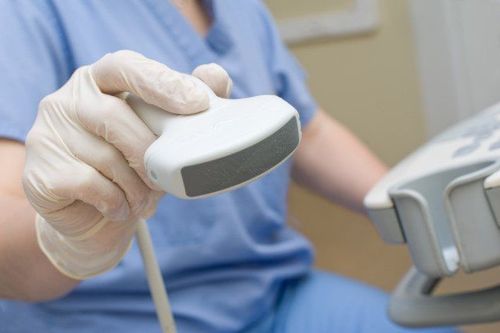
Bệnh nhân được làm các xét nghiệm siêu âm cơ bản trước khi phẫu thuật
2.3 Performing surgery Check the patient's records and check, make sure the right person and the right disease; Anesthesia: Endotracheal anesthesia; Posture: The patient lies supine, head high, legs low, legs apart and nasogastric tube placed before surgery. The surgical team stands in a suitable position to facilitate manipulation; Place trocar: 10mm trocar is placed in the umbilicus, 10mm trocar is placed at the right edge of the sternum, 5mm trocar is placed above the right breast line and 5cm below the costal margin, 10mm trocar is placed across the navel on the left white line; Exposing the surgical area: Raise the left liver to expose the anterior aspect of the esophagus, use a hook-shaped electrocautery knife or pull open the small omentum along the small curvature to the right diaphragmatic column. Next, create a space behind the esophagus wide enough to bring the left gastric aneurysm to, create an anti-reflux valve; Anti-reflux valve: Follow the Nissen-Rossetti surgery (360° total valve technique) or Toupet surgery (270° incomplete valve creation) and fix the valve to the base of the diaphragm; Recheck for bleeding or other complications, perform left and right subdiaphragmatic suction, remove the trocars, deflate, close the trocar holes and close the surgery. 2.4 Post-operative follow-up. Infusion and feeding through a nasogastric tube within 24 hours after endoscopic gastroesophageal reflux surgery. After that, the patient can have a snack; Esophagogastroduodenoscopy using water-soluble contrast medium within 36 - 48 hours to check circulation and valve function; The patient was discharged from the hospital after good radiographic results and returned to a normal diet 1 week after surgery.
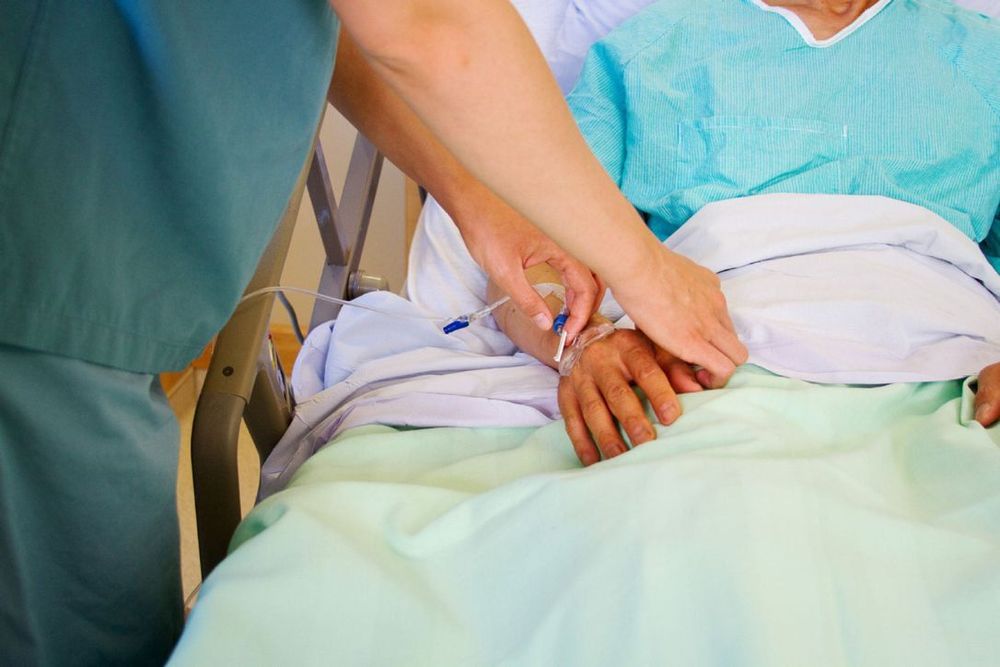
Theo dõi bệnh nhân sau khi phẫu thuật
2.5 Complications and treatment 2.5.1 Surgical complications Bleeding: A very common complication. Bleeding is usually caused by cutting short gastric vessels or when the doctor creates a retroesophageal tunnel. When treating, it is necessary to clearly identify the bleeding site to stop bleeding quickly; Pneumothorax: Caused by perforation of the left pleural cavity when tunneling due to straying from the surgical space. The treatment is to thread a catheter into the pleural cavity, perform aspiration, positive pressure breathing and suture the pleural cavity. Because CO2 is readily absorbed, most patients with pneumothorax do not require pleural drainage. 2.5.2 Complications after surgery Peritonitis: Due to esophageal perforation, gastric distention due to dissection or right burning. This is a rare complication and when encountered, it will be treated according to the protocol of a specialist; Esophageal stricture: Caused by the valve being too tight. Treatment measures are fasting, using anti-inflammatory drugs, anti-edema. In case the patient has had esophageal stricture for too long, it is possible to dilate the esophagus through the endoscope for treatment; Recurrent reflux esophagitis: Caused by the valve being too wide. This complication usually occurs after a period of being symptom-free. When experiencing recurrent gastroesophageal reflux, the first measure of treatment is medication. If not, the patient will be advised to have surgery again. In addition to strictly following the instructions of the doctor when performing endoscopic surgery to create an anti-gastroesophageal reflux valve, patients also need to pay attention to change their lifestyle, diet, and activities in a healthy direction. , actively to recover health soon, reduce the risk of complications, recurrence.
Any questions that need to be answered by a specialist doctor as well as customers wishing to be examined and treated at Vinmec International General Hospital, you can contact Vinmec Health System nationwide or register online HERE.




